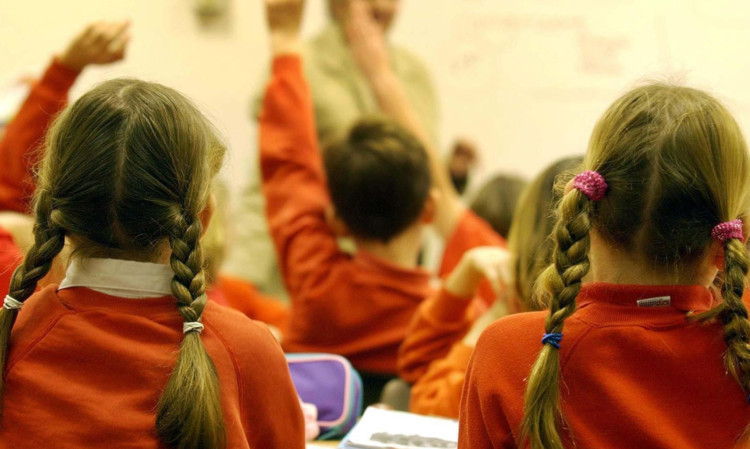The Scottish Government’s “broken promises” on class sizes for children starting primary school have been branded an “abject failure”.
A new report reveals that just 9.4% of P1-3 pupils in Dundee, 4.9% in Falkirk, 16.1% in Clackmannanshire, 17.4% in Stirling and 15.7% in Perth and Kinross are being taught in classes that hit Scottish Government targets.
In the run-up to the 2007 Holyrood elections, the SNP had pledged to cut classes for P1 to P3 youngsters to 18 or fewer, though in 2009 an agreement with the local government body Cosla set a target of 20% of classes.
Across Tayside, Fife and Central Scotland, only Angus Council improved their ratio, from 20.4% to 21%.
The average class size for pupils in the first three years of primary school increased from 22.6 in 2012 to 23.2 this year.
Larry Flannagan, general secretary of teachers’ union EIS, said: “Teachers will be extremely angry that whilst they are working flat out to deliver Curriculum for Excellence, particularly the new set of qualifications, promised commitments on education are being broken.”
Labour’s education spokeswoman Kezia Dugdale said: “It isn’t good enough for Mike Russell to simply ignore his own targets and declare success when he is so abjectly failing against his own measurements.
“Parents, teachers and our children deserve better than this.”
Conservative young people spokeswoman Liz Smith said: “The Scottish Government has made a series of pledges over the years on class sizes, and they have continually failed to implement them.”
Liberal Democrat education spokesman Liam McArthur said: “On class sizes, teachers and pupil teacher ratios, these figures are a list of SNP broken promises to children in Scotland.”
Education Secretary Mike Russell said he was “particularly pleased” the figures for 2013 showed the pupil-teacher ratio remained at 13.5 the same as 2012.
While the pupil-teacher ratio across all schools remained the same, the ratio in primary schools increased from 16.3 last year to 16.5 in 2013. There were 51,078 teachers working in Scotland in 2013 down slightly from 51,253 the previous year and down by just over 4,000 from 2007.
Mr Russell said: “Our legislation to put in place a maximum class size of 25 for P1s in August 2011 has also had a dramatic effect. In 2006, there were almost 17,000 P1 pupils in classes of more than 25. Now that figure is less than 600.”
